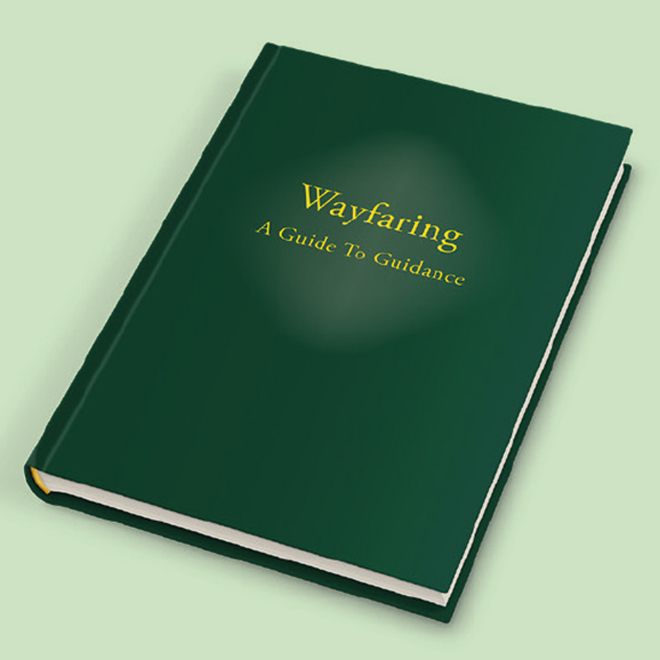Letters - 29 October 2021
From Arab population in Palestine to Words for us all
Arab population in Palestine
As a Friend with important Jewish heritage on my father’s side I always read with great interest the correspondence on Israel/Palestine, antisemitism and so on. I feel that I understand and strongly empathise with Jewish people on the centuries-old tragedy of antisemitism culminating in the awfulness of the Shoah, the holocaust, also experienced by my father’s family.
I’m afraid, however, that my sympathies these days are almost entirely with the Palestinians because of the extensively documented past and continuing actions of the Israeli government.
These are highly controversial issues and objective, historical and factual accuracy is extremely important. I was therefore quite alarmed to read the statement in Sarah Lawson’s letter (8 October) that ‘Most of the Arab population had arrived in Mandatory Palestine during the 1920s and 1930s for work’.
Every source I have read, including those of Jewish or Israeli scholars who often disagree on other issues, show clearly that this statement is quite false and that at the time of the Balfour declaration the region was almost entirely populated by Arabs.
For example, the population of Palestine under the Ottomans has been given as about 600,000 with ten per cent Christians, four per cent Jews and the rest Sunni Muslims. In 1919 Balfour himself referred in a letter to George Curzon to ‘the 700,000 Arabs who now inhabit that ancient land’. According to the rabbi professor Dan Cohn-Sherbok, following increasing Jewish immigration in the 1920s, by 1931 Jews only made up seventeen per cent of the population.
Sarah’s statement seems to me to perpetuate the highly damaging myth that Palestine was ‘a land with no people for a people without a land’. For all the above information see the excellent Debating Palestine and Israel, Dan Cohn-Sherbok and Mary Grey, Impress Books 2014.
Michael Pozner
Sinaitic Palimpsest again
Oh dear. David Lockyer’s letter (15 October) contains an endlessly repeated factoid. Constantine I did not establish Christianity as the official religion of the Roman empire. He simply stopped the persecution of Christians.
Christianity progressed (not without some setbacks) and several more emperors came and went before Theodosius I made Nicene Christianity the state religion. It is the difference between the Edict of Milan in 313 and the Edict of Thessalonica in 380.
Richard Pickvance
